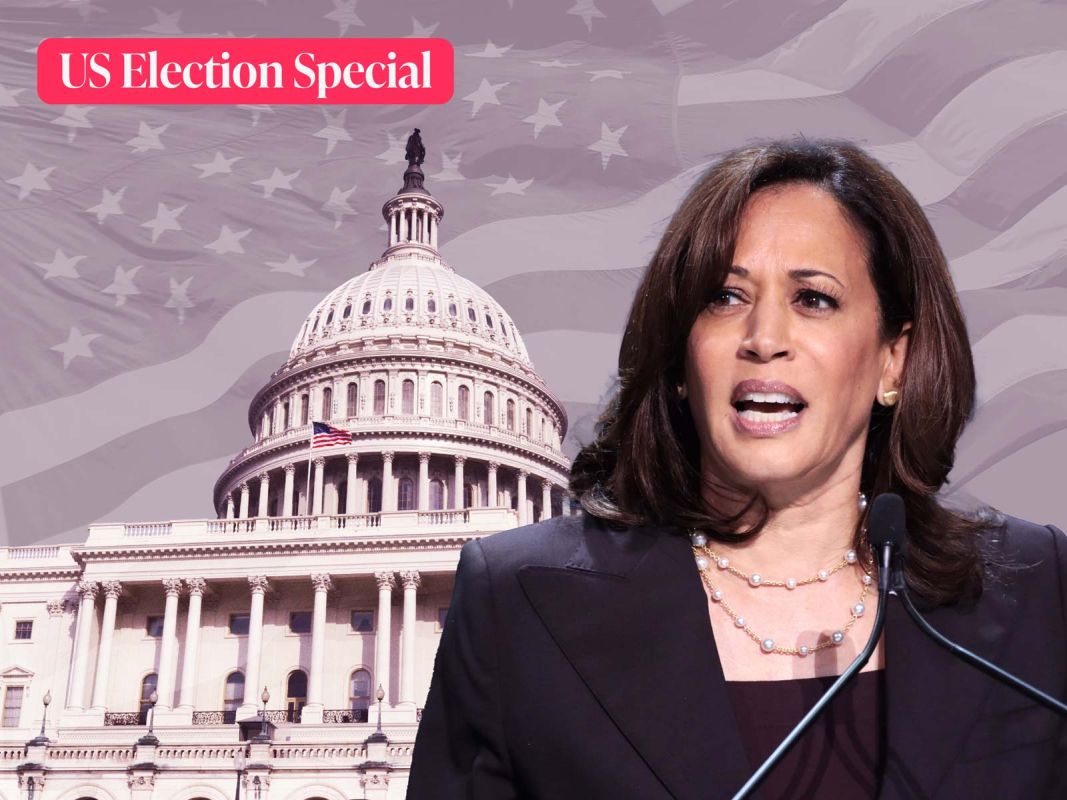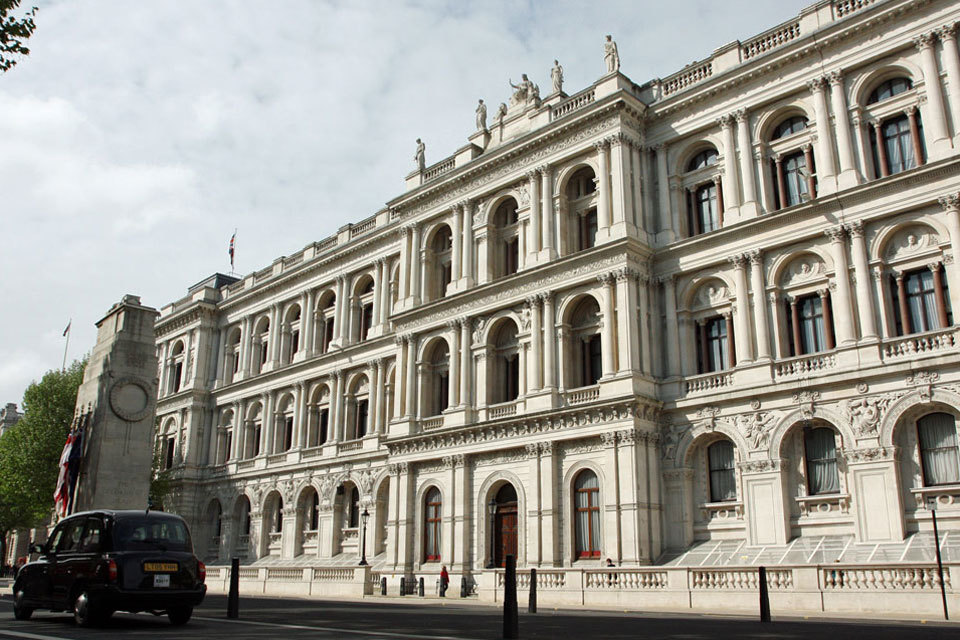When Kamala Harris sat down to discuss her economic program with her advisors, she likely reflected on the results of the last four years alongside Biden. Is it a positive legacy to build upon in support of her candidacy, or an experience to distance herself from as much as possible? Striking the right balance in this narrative could make the difference between victory and defeat in November.
However, evaluating the results of Bidenomics is far from simple. The COVID-19 pandemic led the Democrats to adopt ultra-expansive policies, raising public spending to very high levels, especially in the early years of the term (over 40% of GDP in 2021). This allowed the government to actively drive the economic recovery. Macroeconomic data tells a success story the economy bounced back to pre-Covid levels, growth continued even after the pandemic, improving year after year (+1.9% in 2022, +2.5% in 2023, and a projection of 2.7% in 2024 according to the International Monetary Fund)1, unemployment dropped from already low levels, real wages increased, and inflation was brought back to manageable levels without pushing the economy into recession. The US stock market grew by an average of over 11% per year.
Yet, Americans’ assessment of the economy remains negative. The pandemic also brought inflation, reaching levels previously unseen by most voters. Although government decisions were not the sole cause of rising prices, many Americans naturally assign blame to Washington. The economic turbulence of recent years has created a widespread sense of insecurity. Most people do not measure their well-being by indicators like GDP or CPI but by how much they can afford when shopping or paying rent. According to polls, 66% of Americans feel poorer compared to 20222.
This perception is particularly strong among less skilled workers and the middle class, who struggle to remain competitive in a labor market that, while offering opportunities, increasingly demands specialization, mobility, and sacrifices. It is precisely to these voters that Kamala Harris’s economic message is directed, seeking an alternative narrative to Trump’s security-focused one. The battle is fought as much over wallets as it is over perceptions.
A new brand for progressive economic policy
Kamala Harris’ challenge is not so different from the one faced by progressive and liberal parties across the West creating a new economic message that continues to appeal to the educated middle class while also winning over those parts of the electorate that are looking elsewhere. Moderate progressives find themselves having to reinvent their economic brand, moving beyond both the neo and eco-socialist tendencies of the new left and Clinton’s “third way.”
Kamala Harris’s attempt is called the “opportunity economy.” It is a mix of welfare measures aimed at supporting the lower-middle class, interventions for the middle class and small businesses to boost productivity, and corrective and redistributive policies to limit the excesses of big corporations. In terms of public spending, it is an economic activism driven by fiscal responsibility.
This approach has its roots in the COVID experience when the government and its agencies had to gear up to manage trillions of dollars in new programs. It’s no coincidence that many of Kamala Harris’s signature policies are an evolution of post-pandemic initiatives, like the tax credit for newborns, first introduced in a reduced version in 2021. Some housing policies are also based on bills currently stalled in Congress.
The political continuity with Biden’s experience marks a clear distinction from Trump’s program, which focuses on substantial tax cuts and spending to stimulate growth. This marks the culmination of a long journey for the Democratic Party, beginning with Clinton’s announcement of the end of the “Big State” and passing through Obama’s policies, which were expansive in response to the 2008 crisis but were gradually reduced over the years, partly due to the Republican-controlled Congress. The economic programs of Biden and Harris have closed this circle.
As for trade policy, the new Democratic paradigm is exemplified by moderately protectionist positions, well represented by Biden’s tariffs on Chinese electric cars. It’s a stance midway between Trump’s extreme protectionism and Obama’s policy, which sought to sign a trade deal with China (the Trans-Pacific Partnership Agreement), to which Harris opposed when she was a senator from California.
The electoral program
But what are the key measures of the Democrats’ economic program? Harris has borrowed much from Joe Biden’s program while making important additions, all aimed at addressing some of the most pressing issues for investors, such as inflation, housing costs, and the high costs of starting a family.
Among the proposals is support for new small and medium-sized businesses by increasing the tax credit for new businesses tenfold to $50,000 (the average cost of starting a business is $40,000). The declared goal is to create 25 million new businesses in the first two years of the term, surpassing the record of 19 million during the Biden administration3 (3).
One of the most discussed proposals is the promise to limit “price speculation” on food by giving government agencies the authority to intervene against indiscriminate price hikes in emergencies. This measure seeks to address widespread discontent, as rising food prices are one of the main reasons for voter dissatisfaction with the economy. Some economists have called the proposal populist and ineffective, and Trump compared it to Soviet policies. Harris clarified that it’s an intervention limited to emergencies, a measure already in place in many states. Other ideas to control food prices involve direct interventions in the supply chain to avoid undue price increases.
Another key proposal in the Democratic package is a $6,000 tax credit for newborns in the first year of life, along with the $3,600 tax credit for subsequent children in low-income families, already introduced by Biden after the pandemic.
Harris also plans to expand the Earned Income Tax Credit for low-income workers, raising the cap from $600 to $1,500 and broadening the criteria for receiving the benefit4. The candidate has also pledged to maintain Biden’s promise to extend all existing tax breaks (i.e., not raising taxes) for families earning $400,000 or less per year. Noteworthy is the support for eliminating taxes on tips for service workers, an idea originally advanced by Trump.
Regarding housing policies, Harris proposes a $25,000 grant to support down payments for first-time homebuyers. She also promises the construction of 3 million new housing units through new tax incentives and a $40 billion fund to finance local initiatives. To increase housing availability, she has also pledged to eliminate tax breaks for those who buy homes in bulk for rental purposes5. Housing is a particularly sensitive issue, with skyrocketing property prices widening the economic gap between homeowners and renters—another example of how general economic data often tells only part of the story.
Tax increases
How will these promises be funded? Here, the distance between Kamala Harris’s economic policy and Trump’s couldn’t be clearer. According to the Committee for a Responsible Federal Budget, the set of measures proposed by Harris would cost over $700 billion annually. Most of the funding would come from tax increases on businesses and large fortunes.
Harris has promised to raise the corporate tax rate to 28% (which Trump wants to lower to 15%) and the final long-term capital gains tax rate for families earning more than $1 million to 33%, the same level it was in the 1970s. The first proposal aligns with the Biden administration’s stance, while the second represents a slight retreat from the previously proposed 39.6%6 (6).
Harris’s campaign has also indicated support for another Biden proposal imposing a minimum effective tax rate of 25% on annual incomes of families with more than $100 million in wealth, including unrealized capital gains on their assets.
While these proposals target businesses and the wealthy, they offer ammunition to the Republican camp, which argues that Harris would harm the economy with her taxes. According to Democratic supporters, however, the program represents a pragmatic and responsible approach, featuring targeted interventions for the middle class and small businesses.
Yet, for some critics, Harris’s program is neither bold nor radical enough; for others, it’s an inefficient use of resources, driven more by polling than by a coherent vision, which would end up increasing public spending ineffectively and raising taxes on businesses without introducing fundamental measures for structural reform—a sort of reduced Bidenomics. Will it be enough to convince a sufficient number of American voters? We’ll find out in November.
In the meantime, if you have any questions about the impact of the 2024 Us election on your investments, you can submit them here. Our investment experts will try to answer your questions in our upcoming US Election Special articles and videos.
*Capital at risk. Tax treatment depends on your individual circumstances and may be subject to change in the future.







